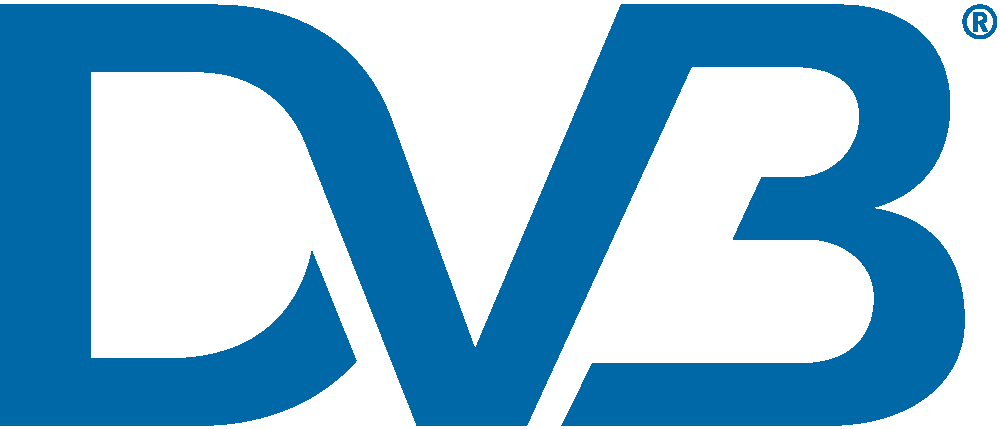
After more than 40 years of operation, DTVE is closing its doors and our website will no longer be updated daily. Thank you for all of your support.
DVB Project integrates AVS3 codec into core spec
 Industry body the DVB Project has announced the addition of the AVS3 codec to its core specification for the use of video and audio coding in broadcast and broadband applications.
Industry body the DVB Project has announced the addition of the AVS3 codec to its core specification for the use of video and audio coding in broadcast and broadband applications.
The announcement comes after the organisation added VVC earlier this year, and is the first time that DVB has added a codec from the Audio and Video Coding Standard Workgroup of China.
The revision to the DVB-AVC specification was approved by the DVB Steering Board and is available now as DVB BlueBook A001r20.
The organisation said that the addition of new codecs will ensure that it can “continue to provide the world’s most comprehensive and flexible toolbox for the delivery of next generation television services, covering an increasingly diverse global market.”
The DVB’s TM-AVC group is now in the process of preparing reference streams that can be used for verification and validation.
Read below for the DVB Project’s description of ASV3:
AVS3, published in October 2021, is the latest member of the family of video coding standards developed by China’s AVS Workgroup. Results submitted to DVB indicate that it is capable of encoding video with approximately 40% bitrate savings for the same subjective quality compared to HEVC. This places AVS3 among the world’s most efficient video coding technologies.
The revised DVB-AVC specification includes four conformance points for AVS3, the minimum requirement being a baseline receiver capable of supporting resolutions up to 4K (3840×2160) with HDR. The three additional conformance points cover the support of high frame rates (HFR), and resolutions up to 8K (7680×4320). The video coding parameters of the four AVS3 conformance points match those of the corresponding four conformance points that were defined for VVC in the previous BlueBook release (A001r19), giving consistency in service levels across codecs.
The AVS Workgroup was founded in 2002, and its first generations of AVS video coding have been widely used in HDTV and 4K television broadcasting in China. AVS3 standard development started in December 2017, with the main profile being finalised in March 2019. The high profile, now adopted in DVB-AVC, was finalised in August 2021 and published as an AVS industry standard (T/AI 109.2-2021).


